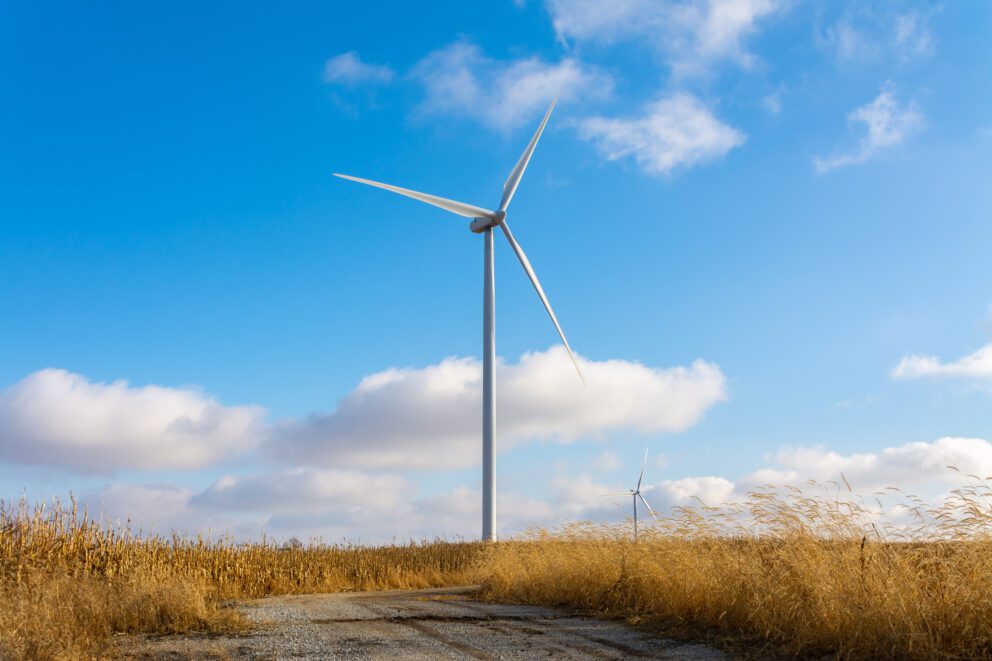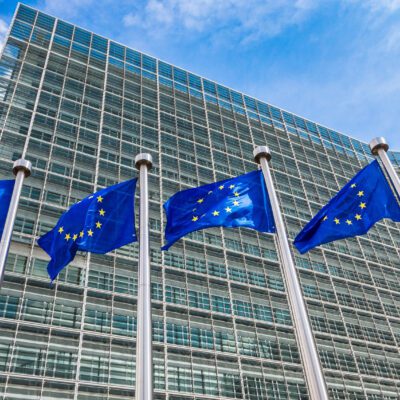An Earth Month post presented by the Carbon Elimination Team at Coho
Confronting the climate crisis requires decisive action at every level. At Coho, we’ve made it our business to help large and mid-sized organizations implement bold sustainability commitments. But every action is vitally important and can add to meaningful impact. In the spirit of Earth Month, we want to highlight positive climate actions at various scales. Whether it’s large governmental purchases of renewable energy, improved resource efficiency on a college campus, or carbon credits and earth month initiatives here at the Coho headquarters and at home, every contribution plays a role in ensuring a livable and thriving planet for future generations.
As psychologist Philip Zimbardo noted, changing a behavior at any level is not only about effecting a sea change, but engaging in “the systematic manipulation of the most mundane aspects of human nature over time.” In other words, every action counts, every day.
The following examples of impactful change at several levels, from largest to smallest, are some we’ve found hopeful and inspiring. We hope you will, too.
Large: Nova Scotia Purchases Wind Energy
The Government of Nova Scotia, presiding over the Atlantic Canadian province of about a million people, has committed to have 80% of its electricity be powered by renewables by 2030 and to emit net-zero carbon emissions by 2050. In 2022, Coho and the Government of Nova Scotia awarded contracts to four wind farm projects to collectively generate 306 megawatts or 1,165 gigawatt hours per year of electricity. The province expects that when the projects are complete in 2025, 70% of the province’s electricity will be generated from renewable sources.

Each of the four onshore wind projects is principally owned by one or more Mi’kmaw communities, members of Nova Scotia’s indigenous First Nations. Collectively, the projects are expected to create more than 1,700 jobs and provide economic benefits to all Nova Scotia ratepayers. The four projects should avoid an estimated CO2e emissions equivalent to taking about 135,000 cars off the road. (To learn more, read our Nova Scotia case study.)
Starting the change
For any sizable organization, switching to clean energy takes market knowledge and know-how. Here is an overview of the process with links to further reading:
- Determine your organization’s total emissions using a verified carbon accounting platform
- Engage key stakeholders to formulate a decarbonization strategy
- Explore renewable electricity options and potential partners in your market
- Selectively procure renewable electricity
Embarking on this journey is challenging, but Coho’s renewable energy advisors can help your organization procure renewable energy at any stage of its journey by providing objective advice to manage risk and avoid pitfalls in a complex market.
Medium: George Washington University Optimizes Water Use
George Washington University (GW) has an expansive campus in downtown Washington DC, just around the corner from the White House. The University has set an ambitious target to achieve carbon neutrality by 2030. As a part of its broader sustainability journey, GW is working to better manage its water resources and reduce its water footprint. The University depends on large quantities of water for heating and cooling through a distributed system of utility equipment, which includes cooling towers, air handlers on roofs, and boilers and chillers on lower floors. These utility assets also require significant amounts of energy, contributing to the University’s scope 2 emissions.

GW’s dispersed utility system makes water treatment both imperative and challenging. Water treatment and engineering ensures that the water entering utility equipment is of high enough quality to keep the assets safe. The University partnered with Coho to examine its utility operations and uncover opportunities to increase equipment efficiency, extend asset life, and reduce greenhouse gas emissions.
Coho worked with Utility Operators, GW’s water treatment provider, and GW’s sustainability team to identify near-term improvement projects to reduce operational risks and costs while enhancing system resiliency. As a result of this effort, the team identified significant cost savings across water treatment, fuel, and water, as well as substantial water savings annually. (To learn more, watch a video interview with GW’s Director of Sustainability.)
Starting the change
If your organization wants to improve its water stewardship, here are a few steps Coho could help you take:
- Assess your water risk and operational baseline water situation (water flow, water chemistry, equipment, operational procedures, utility bills)
- Identify project opportunities that can reduce your water consumption, improve business continuity, address environmental concerns, and hedge against price volatility
- Engage key stakeholders, set targets, and socialize a plan to achieve those targets
- Implement a water stewardship plan and create systems for continuous improvement
Small (but mighty): Carbon Credits and Earth Month Initiatives at Coho
At Coho, we’re a small yet resolute team of sustainability experts, about 70 people strong, all motivated by one thing: helping our clients achieve meaningful, real-life impact on climate change and water sustainability. We constantly strive to live our values through our client work and in how we operate as a company.
Through the work of our own internal Carbon Elimination Team, Coho operates as a carbon neutral business and has purchased carbon credits from Tradewater to help us reach our goals. Using standards established by The World Wildlife Foundation, Environmental Defense Fund, and other prominent organizations, Tradewater credits are among the highest quality carbon credits available on the market.
Coho also continuously promotes sustainability internally. We subsidize use of public transportation for team members, incentivize participation in community solar programs, serve climate-friendly meals during team events, and organize an annual Earth Month challenge (in fact, we’re in the middle of one right now). During the challenge, Coho employees compete in teams to try and earn the most points through the completion of Earth Month-inspired activities. Team members earn points by donating to environmental charities, volunteering with organizations promoting sustainability, purchasing approved personal carbon credits, or identifying species on the iNaturalist app.
Starting the change
We know that action, at any level, begins with an individual. Even if they feel inconsequential, small, personal behavior changes can compile into real impact in our immediate world. Making simple shifts in our own lives can also inspire confidence to take on bigger challenges in a broader setting, to broader effect.
These three simple but meaningful actions are among some of the most impactful actions any individual can take. We challenge you to challenge yourself by picking one to try!

- Line dry your clothes. If you live in America, you might not realize that the vast majority of the world’s people, even in industrialized countries and in every sort of climate, line dry their laundry. It’s a simple practice with enormous power and pollution savings. Laundry is a voracious energy consumer and accounts for roughly 6% of the average home’s electricity use – and the dryer makes up 75% of that number. The Green Your Laundry project at Colorado State University found the average household would reduce its overall laundry impact by 67% if they hung their laundry to dry. Try line drying at least one or two loads a week to cut cost and energy use. Want to go further? Opt for cold water. Today’s washing machines are designed to clean just as well on “Cold” and you’ll save the energy used to run your load on “Hot.”
- Eat your vegetables. Shifting your diet to be more plant-based spares the planet the effects of the greenhouse gas emissions, energy, and water required to support meat and dairy industries. According to the United Nations, shifting to a plant-based diet could reduce your carbon footprint by nearly 500 kilograms (>1,000lbs) of CO2e per year.
- Reduce your personal food waste. Producing food that no one eats costs the environment massively. In fact, according to the Washington Post, agriculture contributes more to greenhouse gas emissions than the total of all the cars, planes, trains and trucks in the world. The U.S. wastes the most, with 30-40% of our entire food supply being tossed into the trash each year. Try buying less food, but more often and only as you need it. Buy fresh, and locally when possible, to eliminate large transport impacts. Finally, if you end up with food waste you can’t avoid, try composting it. There are lots of options from local compost collection services to indoor or even countertop composters to turn your food scraps into rich soil.
At Coho, we know 100% clean energy, net zero emissions, and global water sustainability are achievable with enough determination and action at every level. We’re honored to support clients— and individuals—who aim high. Join us on the journey. Happy Earth Month!



